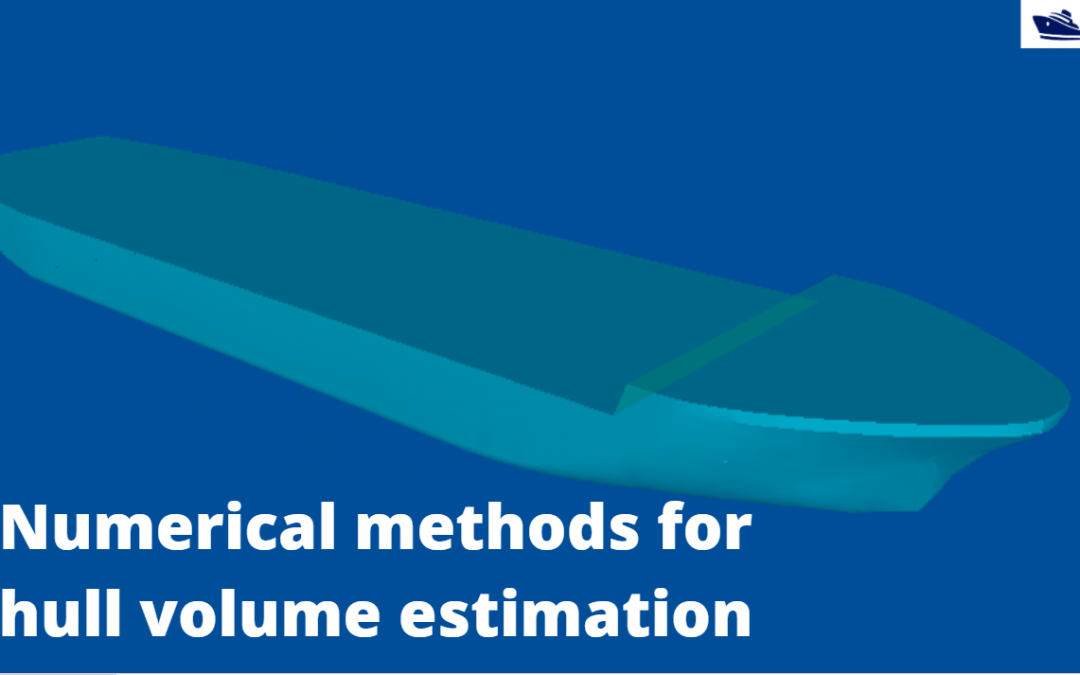
by Team TheNavalArch | Jan 5, 2021 | Maritime Industry, Naval Architecture, Ship Design and Construction
Introduction The hull of a ship is a complex 3D geometry, and finding out its simple properties like volume, centroid, etc. is not possible through simple formulae unlike standard shapes like cuboid or a cylinder. How do we find a property, say the volume of a...
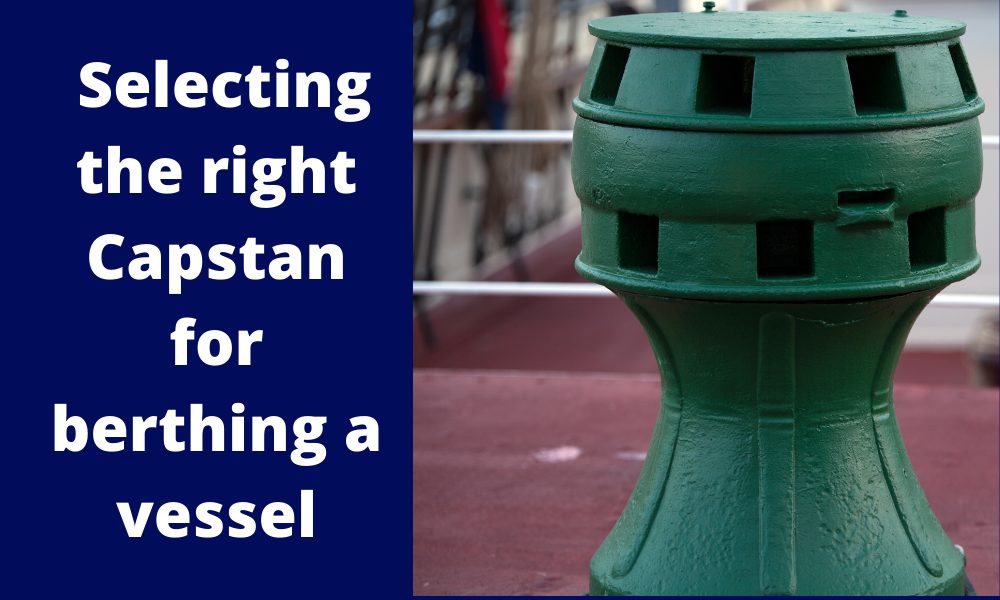
by Team TheNavalArch | Dec 22, 2020 | Marine Operations, Maritime Industry, Mooring, Mooring and Anchoring
Introduction Capstans are frequently deployed mooring equipment used on all types of vessels. Capstans are berthing/mooring equipment used to multiply the pulling force on mooring ropes. Traditionally, Capstans were operated manually but in modern ships, they are...
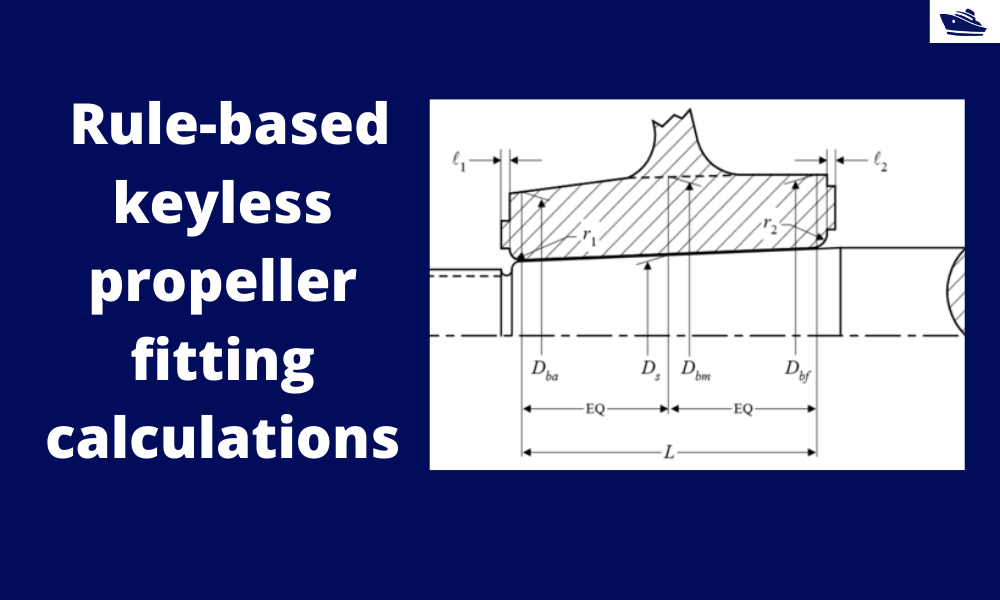
by Team TheNavalArch | Dec 16, 2020 | Maritime Industry, Resistance and Propulsion, Ship Design and Construction
Introduction A keyless propeller, as the name implies, requires no key for fastening the propeller on the cone of the propeller shaft. How is the torque then transferred to the propeller? The torque is transferred by the friction between the propeller and the...
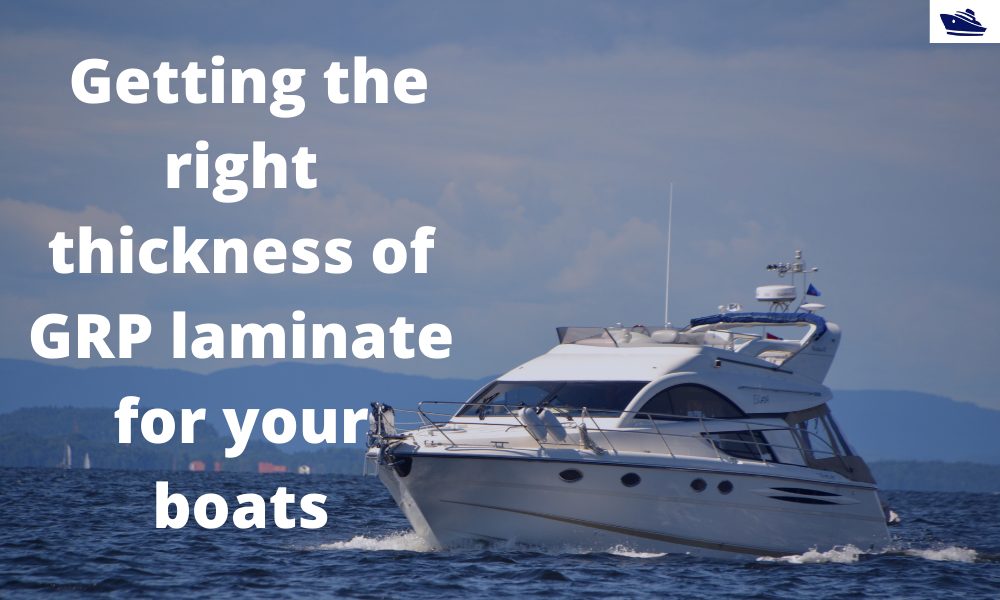
by Team TheNavalArch | Dec 9, 2020 | Boating, Maritime Industry
Introduction GRP laminates are widely used in the fabrication of high-speed crafts and light crafts/boats globally. GRP stands for Glass Reinforced Plastic. As the name suggests, GRP contains glass fibers embedded into a plastic resin. This gives it higher strength,...
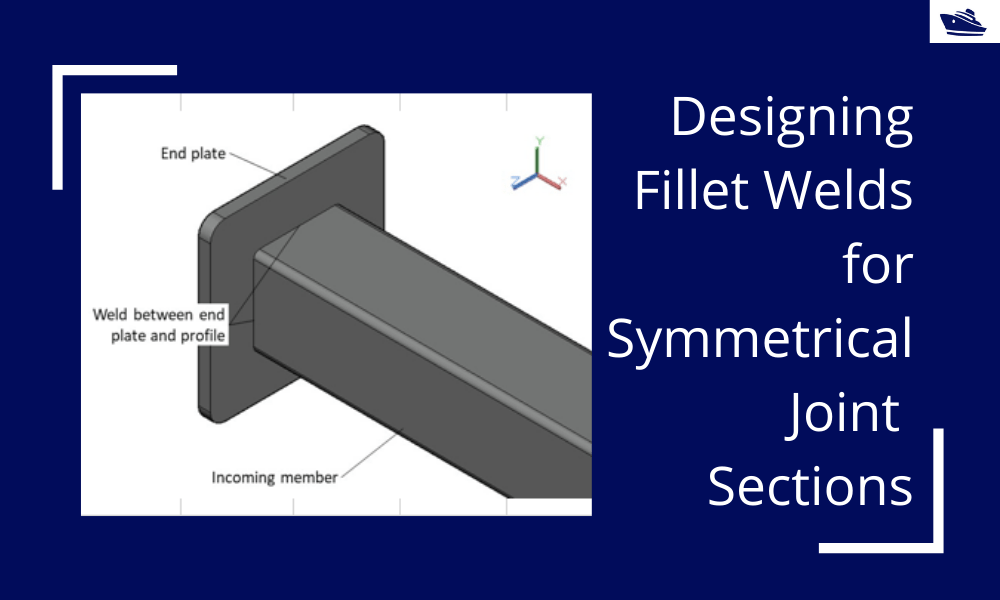
by Team TheNavalArch | Dec 1, 2020 | Maritime Industry, Seafastening, Ship Design and Construction, Ship Structural Engineering
Introduction Fillet welds are the most commonly used weld types in marine structures. A fillet weld is used when there are two pieces of metal that are joined perpendicular to each other or at an angle. In this article, we will explore how to select the right size...






